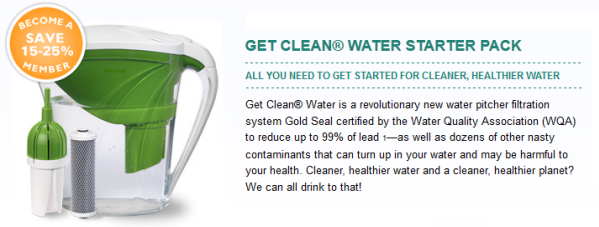Did you know the food choices you make and the way you shop for, prepare, and serve food can negatively impact the environment? Well, that is absolutely true—and it is becoming increasingly important that we all help our environment in every way we can. Here are some great “eating green” tips to help you get started.
Try eating nonmeat meals a couple of times per week. And this is NOT because we are vegetarians {we aren’t we do love a good BBQ}. We do go meatless a couple time a week because it is now known that the cost to the environment is far greater than the cost to produce vegetarian protein foods such as soybeans, legumes, etc.
Make a shopping list. Take inventory of everything you need for preparing healthy meals before you head out the door. This will prevent multiple trips back and forth to the store. You’ll save on fuel, help reduce gasoline emissions, and save wear and tear on your car.
Got canvas? Neither paper nor plastic bags are a good choice for the environment. It takes gallons of crude oil to make plastic bags, and many trees are sacrificed to make paper bags. Invest in reusable canvas shopping bags—and be sure that you bring them with you!
Say good-bye to plastic water bottles. Americans buy billions of plastic water bottles every year, and every year many of those empty bottles get thrown in the trash. Break the habit—use a neoprene bottle instead and consider a water-filtering system for use at home.
Buy local and organic. Buying locally grown foods cuts down on the environmental costs associated with transporting produce to your community from great distances. In the summer months, farmer’s markets are the ideal place to buy local produce, but certain grocery store chains actually feature local produce! Try to choose organic produce whenever possible as this is an excellent way to reduce exposure to pesticides and help reduce the runoff and pollutants that may contaminate our water, soil, and air. We are completely committed to buying organic produce whenever that option exists.
Cook and clean up efficiently. Save energy and speed up cooking times by covering pots. When it’s time to clean up, make sure the dishwasher is “full” before you run it. If you have a small number of dirty dishes, think about doing them the old-fashioned way: by hand, with no running water, and be sure to use a biodegradable dish detergent.



